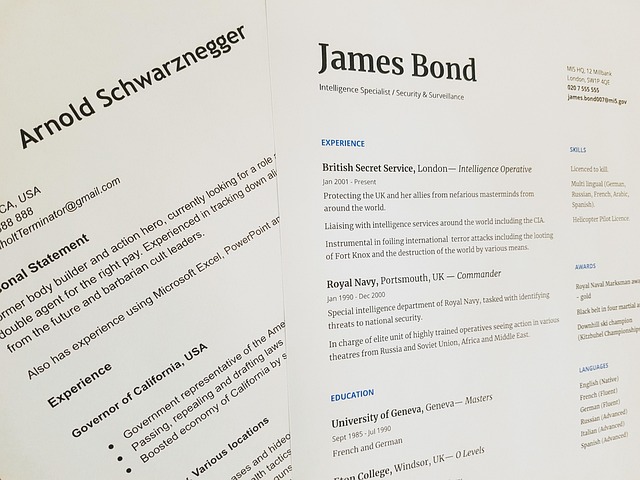Creating a Learning Plan to Bridge Skill Gaps and Employer Needs
A clear learning plan helps learners and workers close the gap between current skills and employer expectations. By assessing role requirements, prioritizing targeted training, and sequencing milestones like certifications or projects, individuals can improve employability and align development with hiring and onboarding needs.

How does career planning identify skill gaps?
Career planning starts with a precise comparison between the skills employers list and the skills an individual currently holds. Review job descriptions, talk with hiring managers or mentors, and analyze required tools, platforms, and soft skills. For remote positions, emphasize communication, timezone flexibility, and digital collaboration tools. Mapping deficiencies against career goals creates a prioritized list of learning targets that directly inform reskilling or upskilling efforts and make employability more measurable.
What is reskilling versus upskilling?
Reskilling means learning a new set of skills to move into a different role, while upskilling deepens or broadens abilities within the same field. Both approaches can involve microcredentials, certification programs, apprenticeships, or online courses. Choose reskilling when changing career paths; choose upskilling to increase impact in a current role or to adapt to new technology. Consider time, employer needs, and whether remote training or hands-on experience best serves the learning objectives.
How to build a portfolio and resume for recruiters
A portfolio and resume translate learning outcomes into tangible proof of capability. Use the resume to highlight measurable achievements, relevant certifications, and technology proficiencies aligned to hiring criteria. The portfolio should showcase projects, code samples, case studies, or presentations that demonstrate applied skills—especially tasks employers ask for. For remote roles, include examples of distributed collaboration and communication. Maintain a short summary that connects each item to the target role and the employability skills employers prioritize.
What role do mentorship and microcredentials play?
Mentorship accelerates learning by providing feedback, context, and industry perspective; mentors can suggest focused pathways and help prepare for interviews. Microcredentials and certifications offer verifiable proof of specific skills and often map to employer needs more directly than broader degrees. Combine mentorship with microcredentials for guided application: use mentor feedback to convert certificate knowledge into portfolio-ready projects, and document the outcomes to boost credibility during hiring and onboarding conversations.
How can networking, apprenticeships, and remote options help?
Networking connects learners to hiring managers, referral opportunities, and informal mentorship. Apprenticeships and paid internships provide structured, on-the-job learning that aligns closely with employer workflows and onboarding expectations. Remote learning and remote apprenticeships expand access to roles and allow practice with distributed tools—valuable when employers hire remote teams. Seek local services or online communities for referrals and practical placements that create demonstrable outcomes for resumes and portfolios.
How to align onboarding, interview, and hiring needs with employability
Design your learning plan to address the skills employers test during interviews and expect at onboarding. Prepare concise stories and projects that illustrate problem-solving, teamwork, and domain knowledge. Simulate interview scenarios, technical challenges, or onboarding tasks so learning translates quickly into workplace performance. Track milestones—certifications, completed projects, mentorship checkpoints—and document them in a way that recruiters and hiring teams can evaluate without speculative claims about job availability or salaries.
Conclusion
A structured learning plan bridges skill gaps by aligning personal development with employer requirements. Combine realistic assessments, targeted reskilling or upskilling actions, documented portfolio evidence, mentorship, and practical experiences such as apprenticeships. When learning milestones mirror hiring and onboarding expectations, individuals improve employability and are better prepared to demonstrate readiness during interviews and early job transitions.





